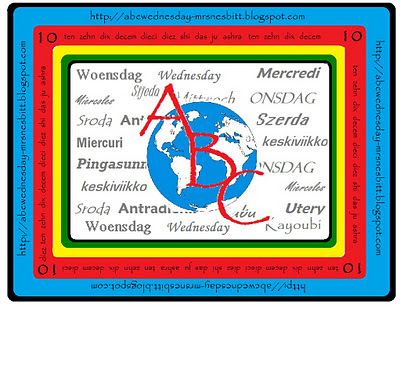Embroidery is one of the oldest arts, and a perishable one, what remains from past ages are very precious. Heraldic and
Ecclesiastical embroidery was full of the splendour of gold and silver thread but these cushions from the choir stalls of Winchester Cathedral are not luxurious but tell stories and show off the art of needlecraft. The Winchester Cathedral Broderers' Group was founded in 1931 and produced over 600 kneelers, canvas work, cushions and alms bags for the building. When the cushions that I show were created in the 1930s they were originally laid out on the choir benches to tell a linear historic story, but to prevent wear today they are moved around. It must be quite interesting for the choristers, as the cushions are moved, to see who they are sitting on today. I don't think anyone would have be able to 'sit' upon Henry Beaufort (1375-1447), the embroidery shows his cardinal hat, unusually he was both a cardinal bishop and a Plantagenet (his half brother was Henry IV), heavily involved in the politics of the time and also went into battle. He is possibly most famous for being the interrogator of Joan of Arc and instrumental in condemning her to death.

It is interesting to see how each Borderer interpreted their story. Here is Henry VIII, a Tudor and the red dragon of Wales.
The date on this cushion of 1642 is the start of the English Civil War
The first date of 1736 is the date the fund raising work of the Rev Alured Carke came to fruition with the admittance of the first patient into the first hospital founded in Winchester. The second name will be more familiar, Florence Nightingale, the lady with the lamp, and one of the founders of modern nursing. I do not know the significance of the second date, 1868, but the 1880s was when Florence Nightingale introduced trained nurses into they hospital system so perhaps that is when they arrived at the Winchester Infirmary.
So there is a random selection of
ecclesiastical cushions, unfortunately I did not take any pictures of the choir stalls because I was taken with the glitter of the
eagle on the lectern in there






